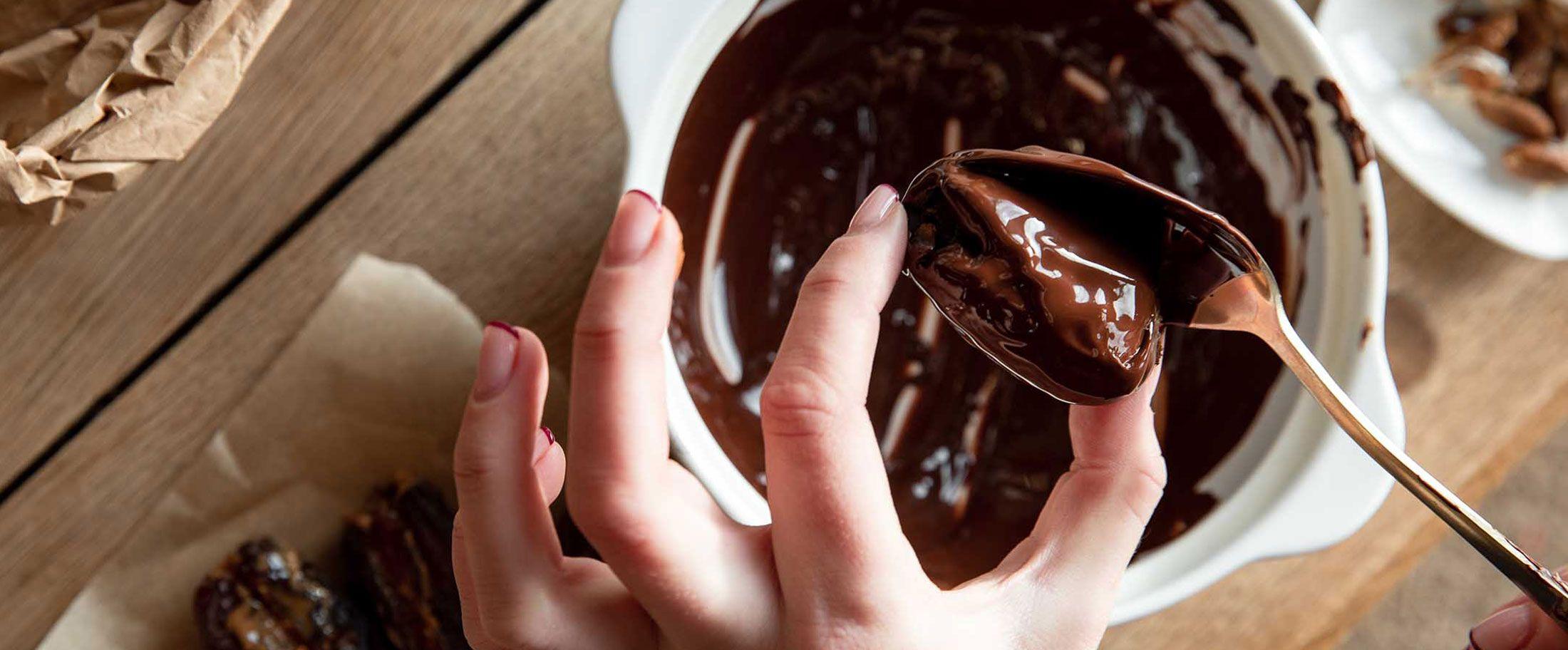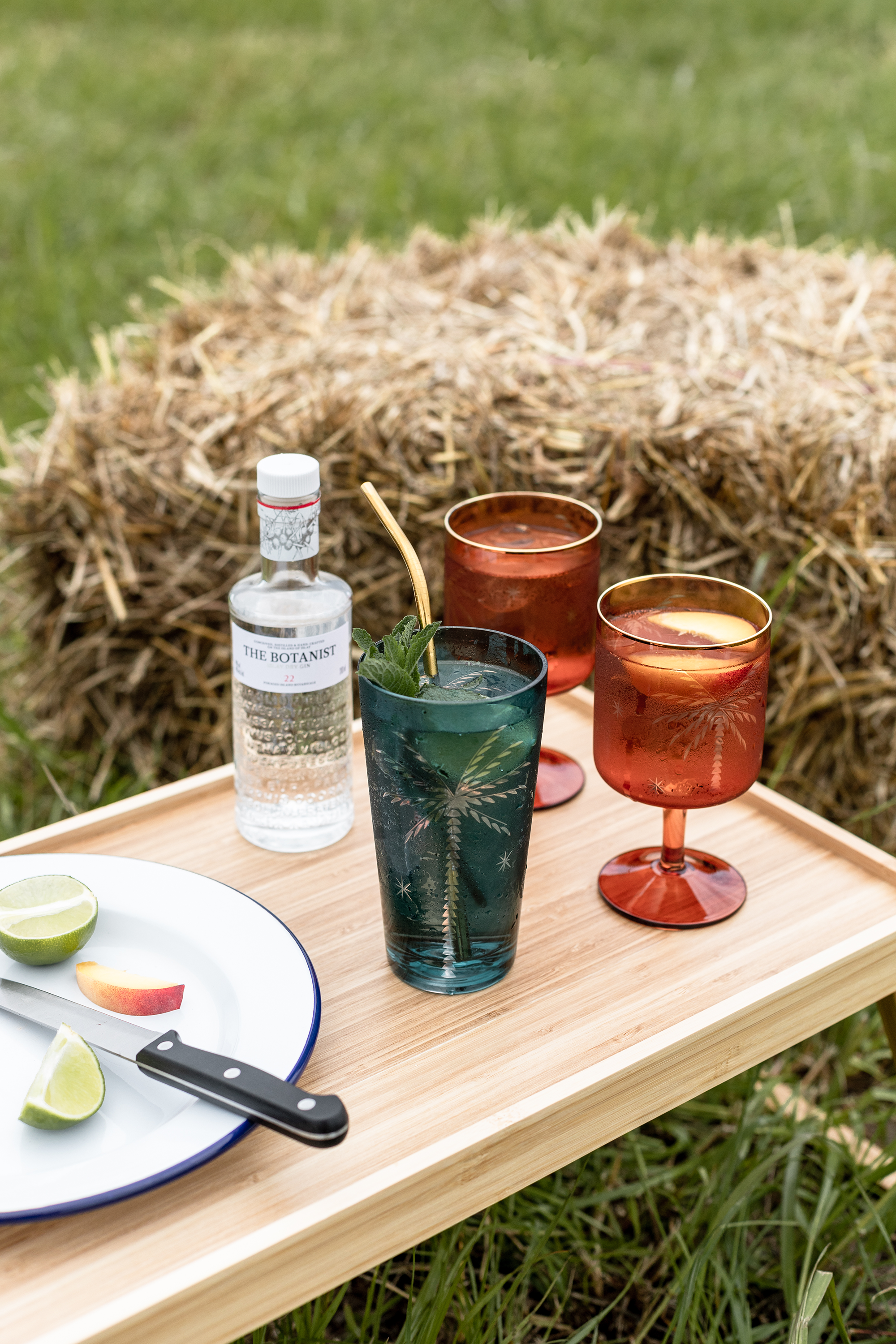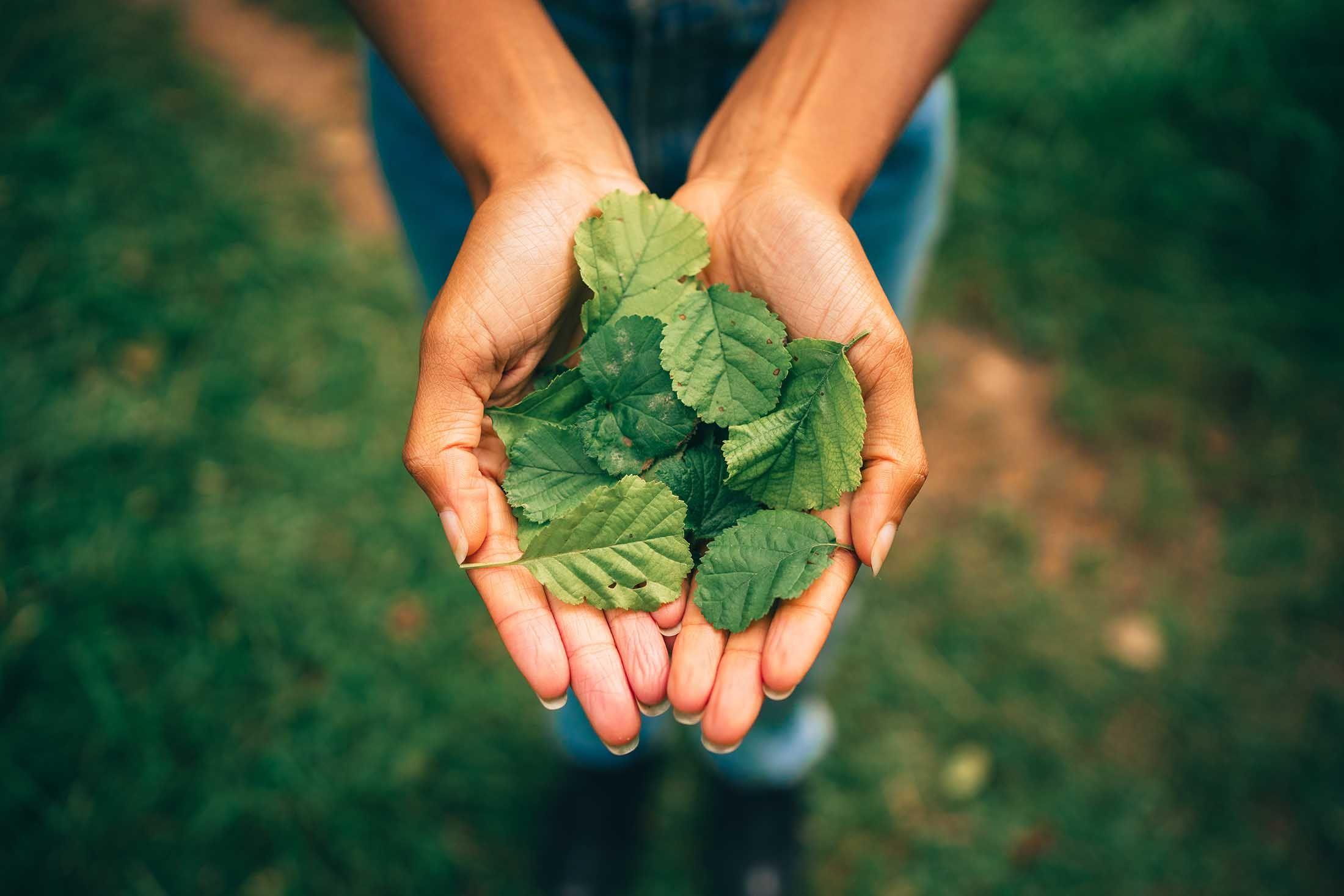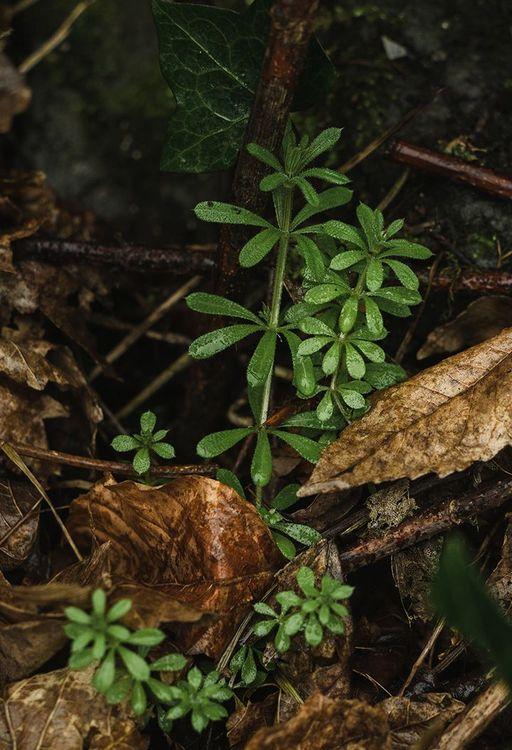
The sticky weed that makes a great spring cocktail
No matter how old you are, it remains just as satisfying, and amusing, to stick this plant on people’s backs. What summer memory would be complete without snickering about your plant-adorned friend, or finding the sticky seeds absolutely everywhere on your socks. But what may be less obvious, is that it’s an edible, forage-able, and much more interestingly, drinkable plant.
What, where and when?
The name
You might well have your own name for it, but it goes by a number of aliases depending on where you live and your grasp of dead languages. Most call it stickyweed, but it also goes by goosegrass (geese love it), cleavers, the Latin – gallium aparine, and our personal favourite, sticky willy.
The whereabouts
Native to the UK, Europe and parts of western Asia, Africa and South America, it’s a relatively common plant – and those who’ve attempted to get this out of dog fur might even argue, too common. You’ll find it specifically in fields and hedgerows and is an indicator of healthy, nutrient-rich soils. If you’ve ever driven through the countryside and spotted a bright yellow field of oilseed rape, it’s particularly common there, as well as other ‘winter cereals’. Because it’s a weed, it generally does quite well, and is found fairly easily.
The when
Cleavers can germinate as late as autumn, and restart when it thaws in spring, going dormant over the winter months (but grown plants stick around, just chilling out). Seed emergence usually occurs from august to may, and stem growth starts in April – the best time to grab some will be between June and July, when the plant can double in biomass – taking advantage of the long days, heat and rain. Cleavers flower from June to august, and seed from July to October.
What can I do with it?
What you can do with Cleavers depends on what exactly you want. They’ve historically been used by herbalists and foragers for various purposes, and different parts of the plant yield different applications. If you’re looking for a tasty little snack, you can cook the stems and leaves into food, like this soup by Robin Harford. Cleavers also happen to be in the coffee family, and once the seeds have come of age (see above), you can make ‘cleaver coffee’ by roasting and grinding the seeds – as it contains some caffeine. It’s also very possible to turn this grippy little plant into a bottle for the drinks cabinet…
Cleaver Juice
The how-to here is amazingly simple. If you’re looking to make a juice out of the cleavers for cocktails, it’s as easy as collecting a handful or two of them, washing them carefully, chopping them into an appropriate size for a blender – putting them in with a little water – and blending until smooth. Once you have your mix, fine strain it with a sieve or bartending fine strainer, and it’s ready to go. For best effect, use this juice fresh rather than preparing!
Cleaver Cocktails
Cleavers actually have a cucumber-like taste, so in most cases, they suit cucumber cocktails. They’re especially good at replacing muddled (mashed up) cucumber, but can also be added to the mixer to create the flavour. It’s worth experimenting and seeing what you can create (oh no, guess you’ll have to make a few). There are plenty of recipes to try, so head over to BBC Good Food, Olive, Liquor, Delish, The Spruce Eats or whatever your favourite source of mixology recipes is – and get cracking.
If this isn’t your first rodeo, you might like to try some more complex mixology. The tasting notes are as aforementioned ‘cucumber-y’, so you’ll be looking at creating something with either ‘savoury spirits’, things like aquavit (which actually uses cleavers in its formula), gin or sherry. You could also use peated or smoky spirits, mezcal or Scotches. If you want something a little more versatile and amendable, try using with, or infusing with white wines, tequila, pisco or the all-round classic – vodka.
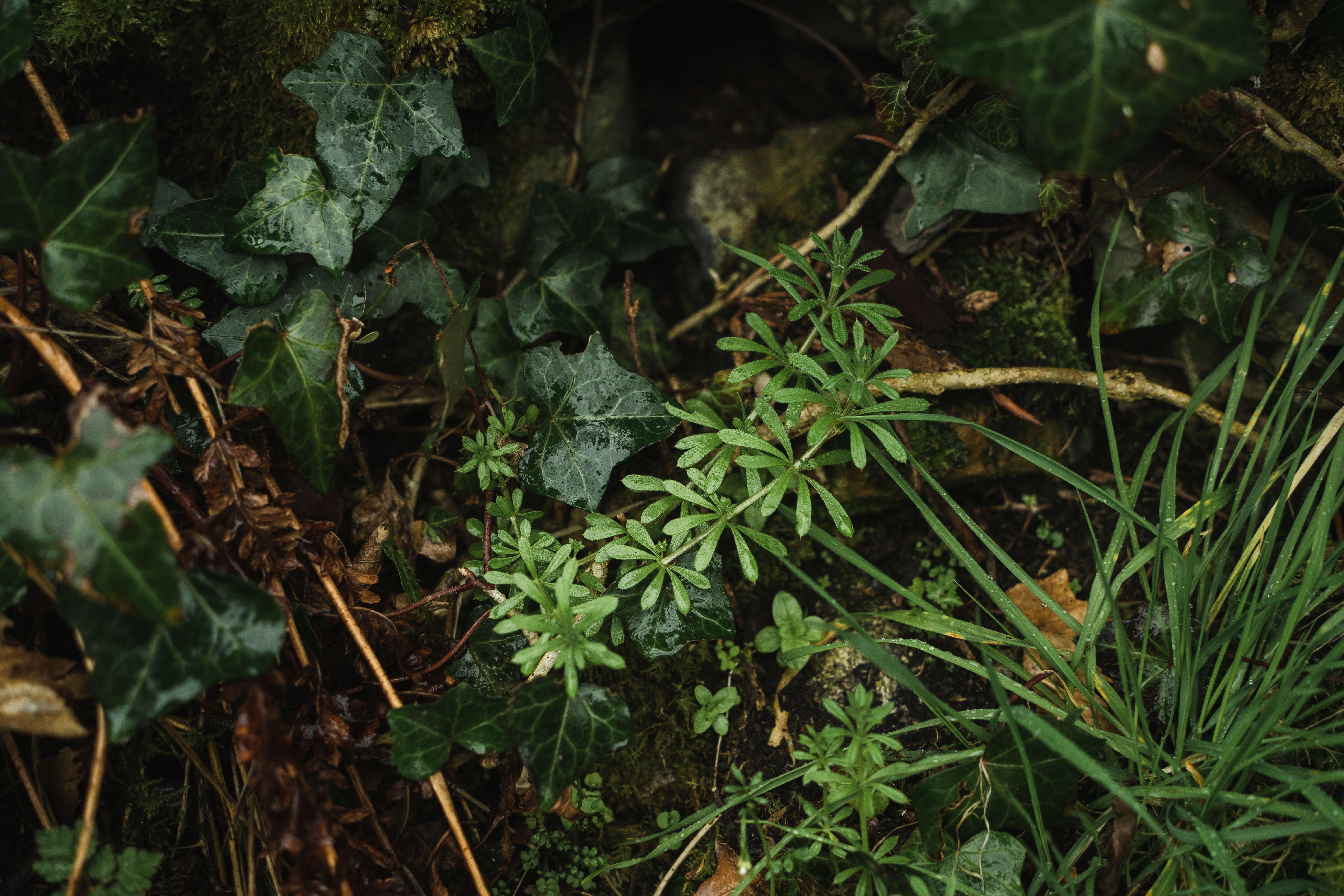
Recipe: Cleaver Collins
Ingredients:
- 25ml Cleaver juice
- 25ml lemon juice
- 25ml simple syrup/gomme
- 50ml Gin
- Soda water (to taste)
- Ice
Tools
- Spoon/bar spoon
- Cocktail shaker (Parisian or Boston)
- Hawthorne strainer
- Fine strainer (optional)
- A Collins glass (ideally, or just. Any glass)
Instructions:
The easiest way to make cocktails, is always to have everything to hand first, ready in front of you. You don’t want to get halfway through and find an ingredient not prepared, or a tool packed away whilst the ice is busy melting. Make sure if you’re using cleavers, they’re prepped (using the above method), the lemons are juiced (if you’re not using premade) and the simple syrup is ready (if not bought). Line up all the ingredients on your bar (whatever surface you choose) and get ready!
Fill the cocktail shaker to the lip with ice, and add the cleaver juice, lemon juice, simple syrup and gin. Close the shaker, either with the lid or with a Boston glass (most straight sided pint glasses will do) and shake vigorously. A great tip for this is to aim for the ice to hit both ends of the shaker whilst shaking. The point is to mix all the ingredients, whilst cooling them rapidly, and that means moving them around in the ice as much as possible.
Fill your chosen glass (ideally a Collins) with ice, then pop the lid off the shaker, or remove the glass (a little tap on a table edge will help, but gently gently), and place the Hawthorne strainer over the top of the shaker, to pour the mixture out over the ice. Then add the soda water to your chosen dilution, and stir gently to mix.
Add a little Garnish, perhaps a spring of cleavers, or a more conventional lemon twist, perhaps a paper or metal straw, and you’re good to go. Enjoy alone with a sunset, under an umbrella in the sunshine, or pair with a dish without too many bold flavours, like a salad.
Hazards
Luckily, Cleavers don’t resemble many other plants, and those that it does are mostly edible. If you’re going to forage, it’s always advisable to check with an expert, or check with a foraging book! Cleavers have historically been used by herbalists and traditional medicine practitioners for its many compounds – but due to its potent effects, it’s worth double checking with you doctor if it’s suited to you – especially if you’re pregnant or on blood thinners.
When picking, consider its location – has it possibly been sprayed with pesticides? Or been in a heavily polluted area? Or worse, scent marked by a territorial animal?
With a high water content, Cleavers can be susceptible to moulding which can release toxic compounds, so be sure to dehydrate if you’re planning to store for a while.
Some people may be sensitive to the sap of this plant, which might cause localised skin irritation!








